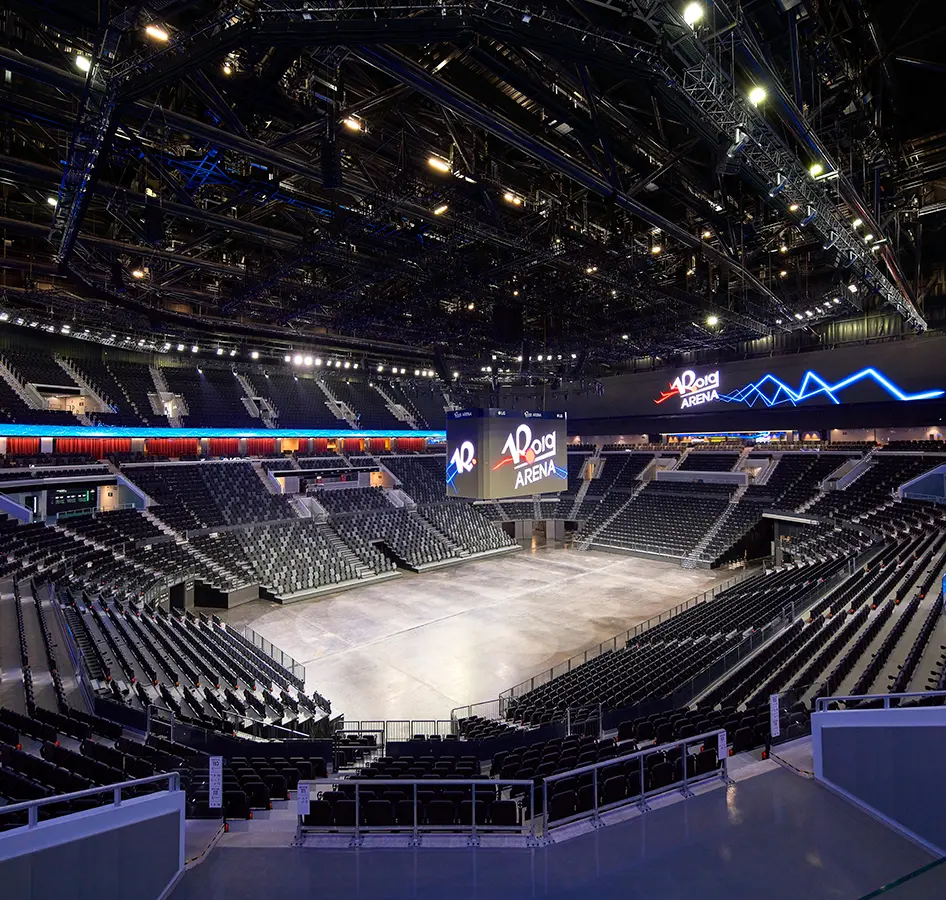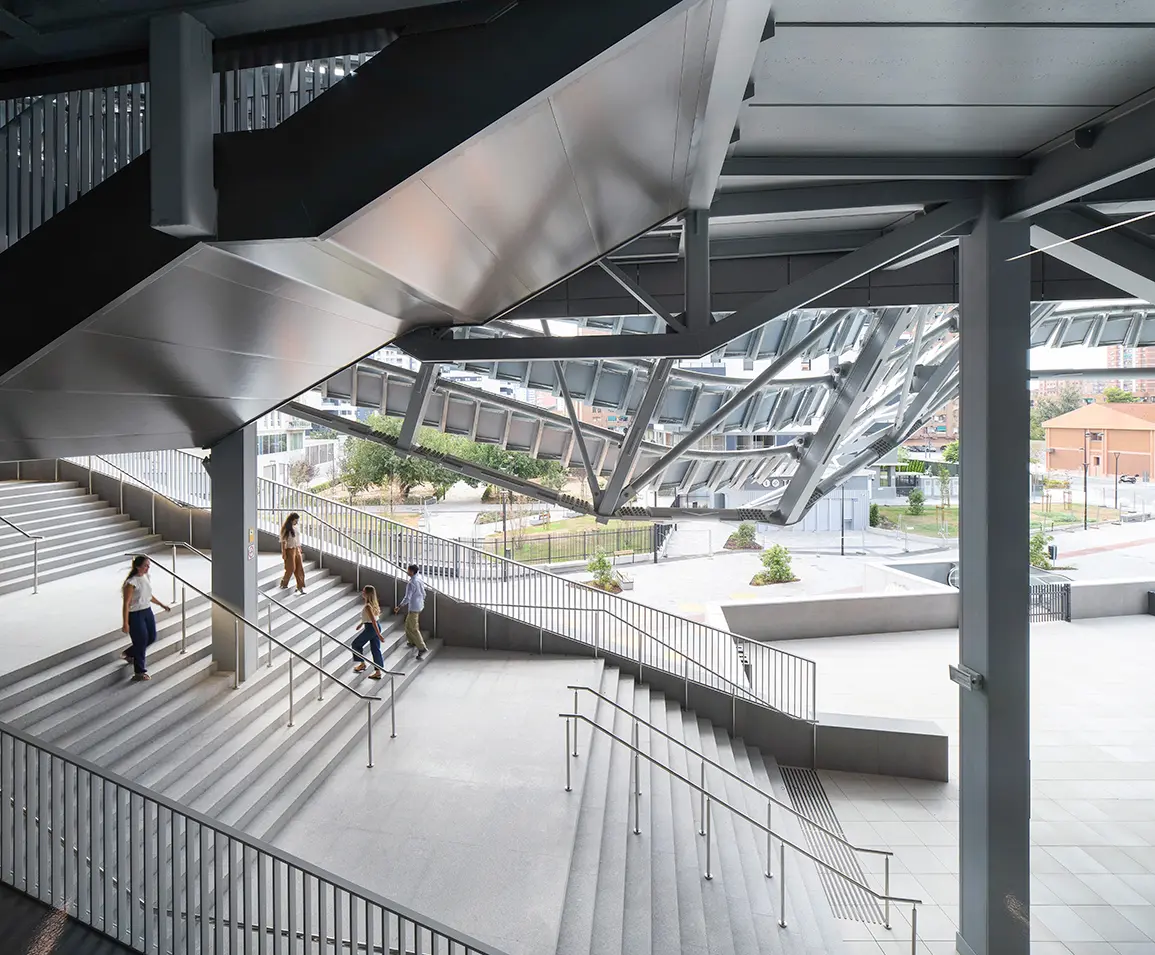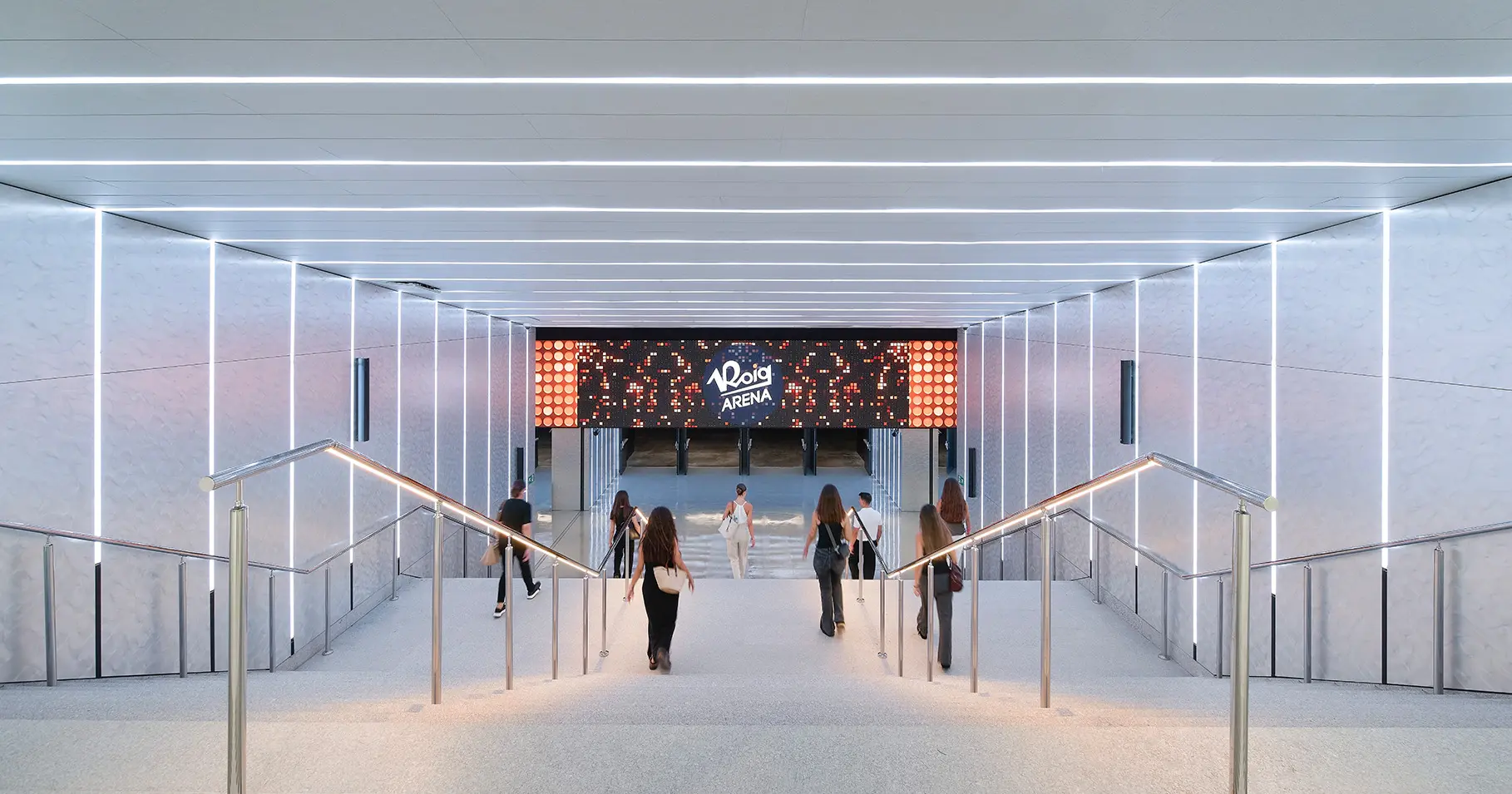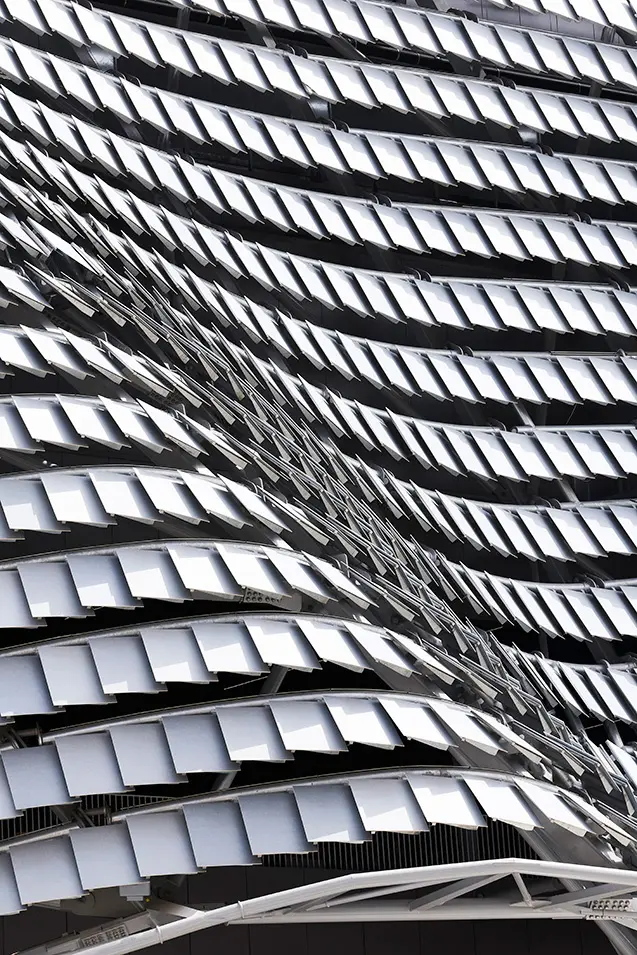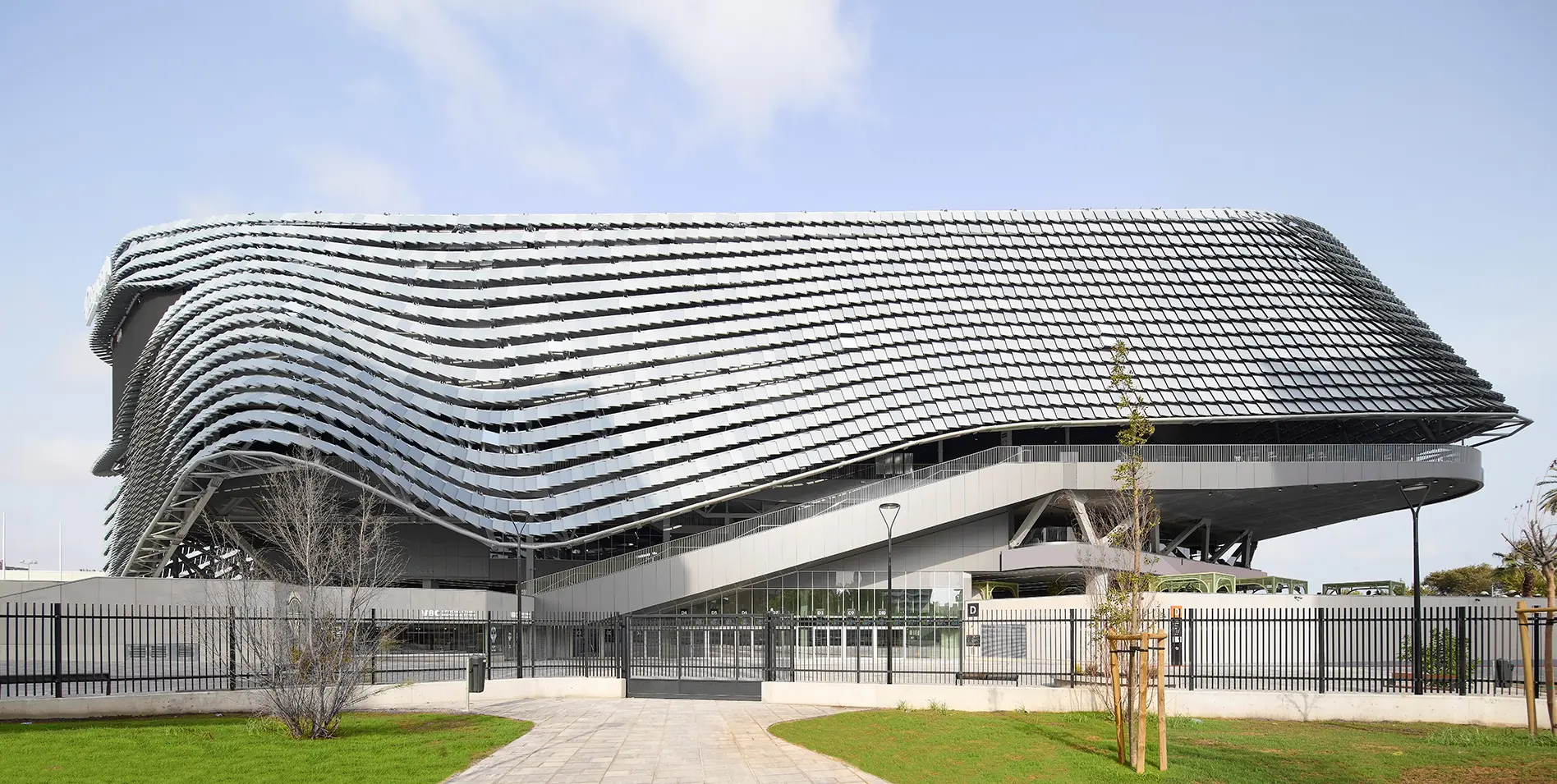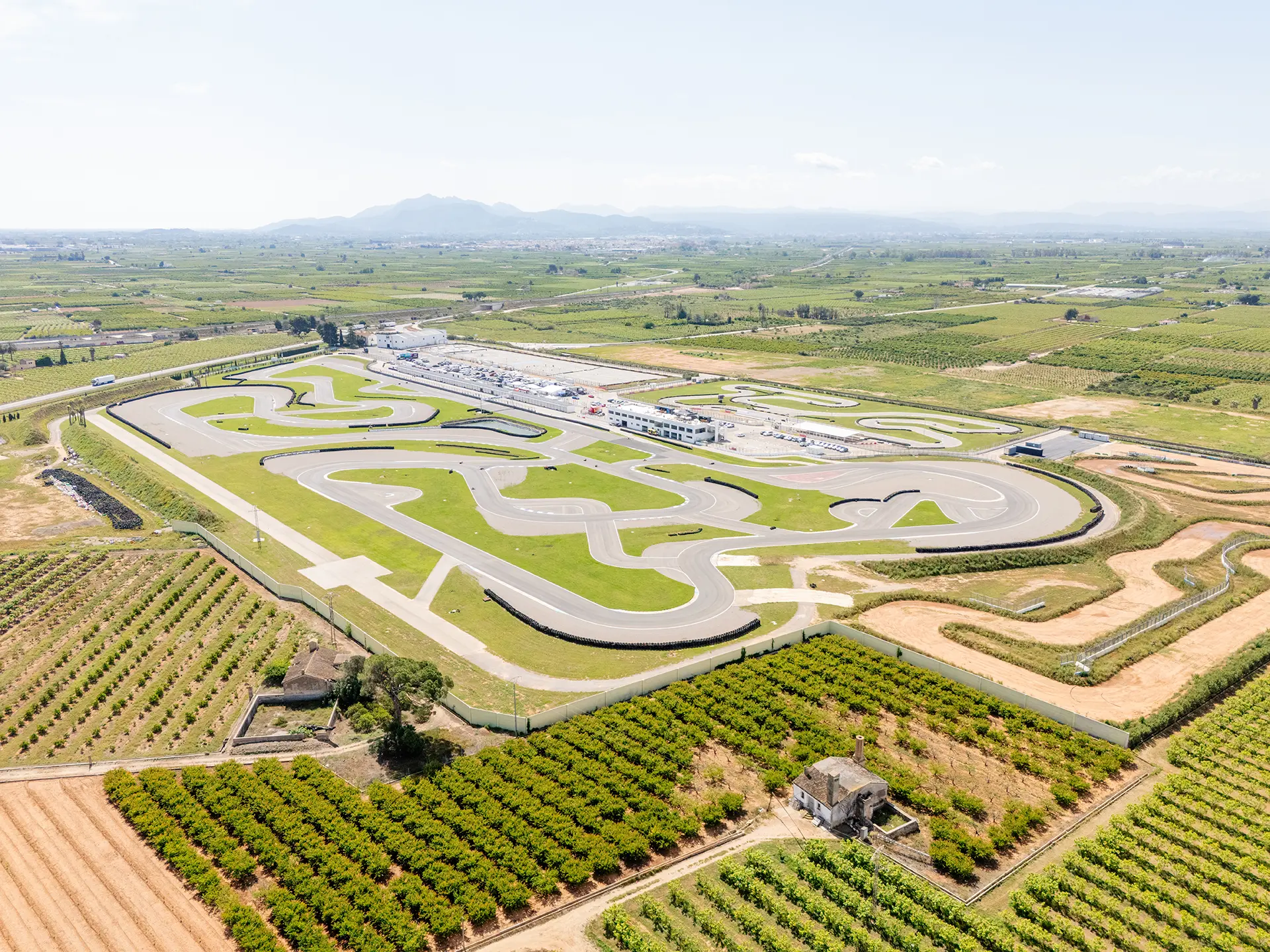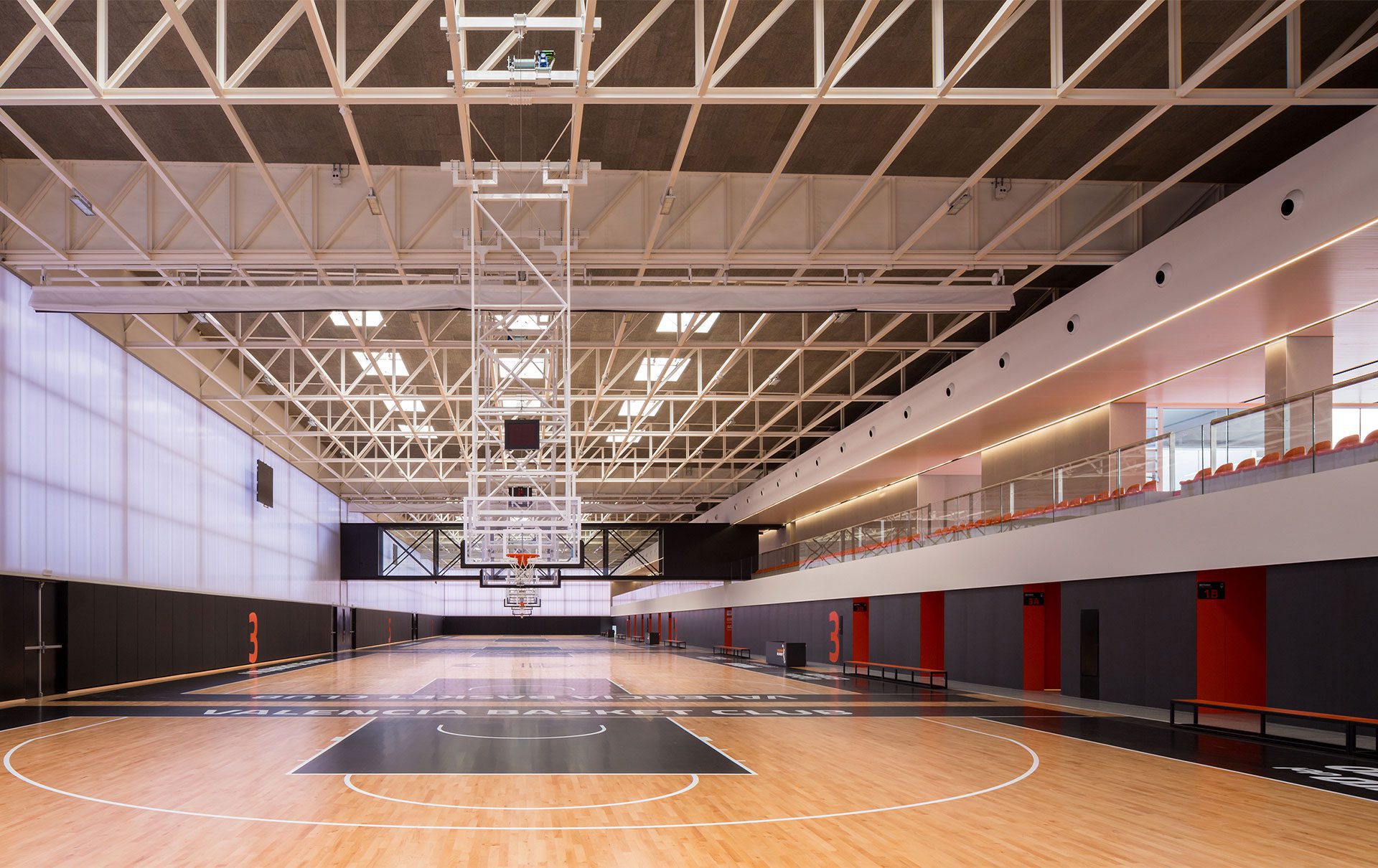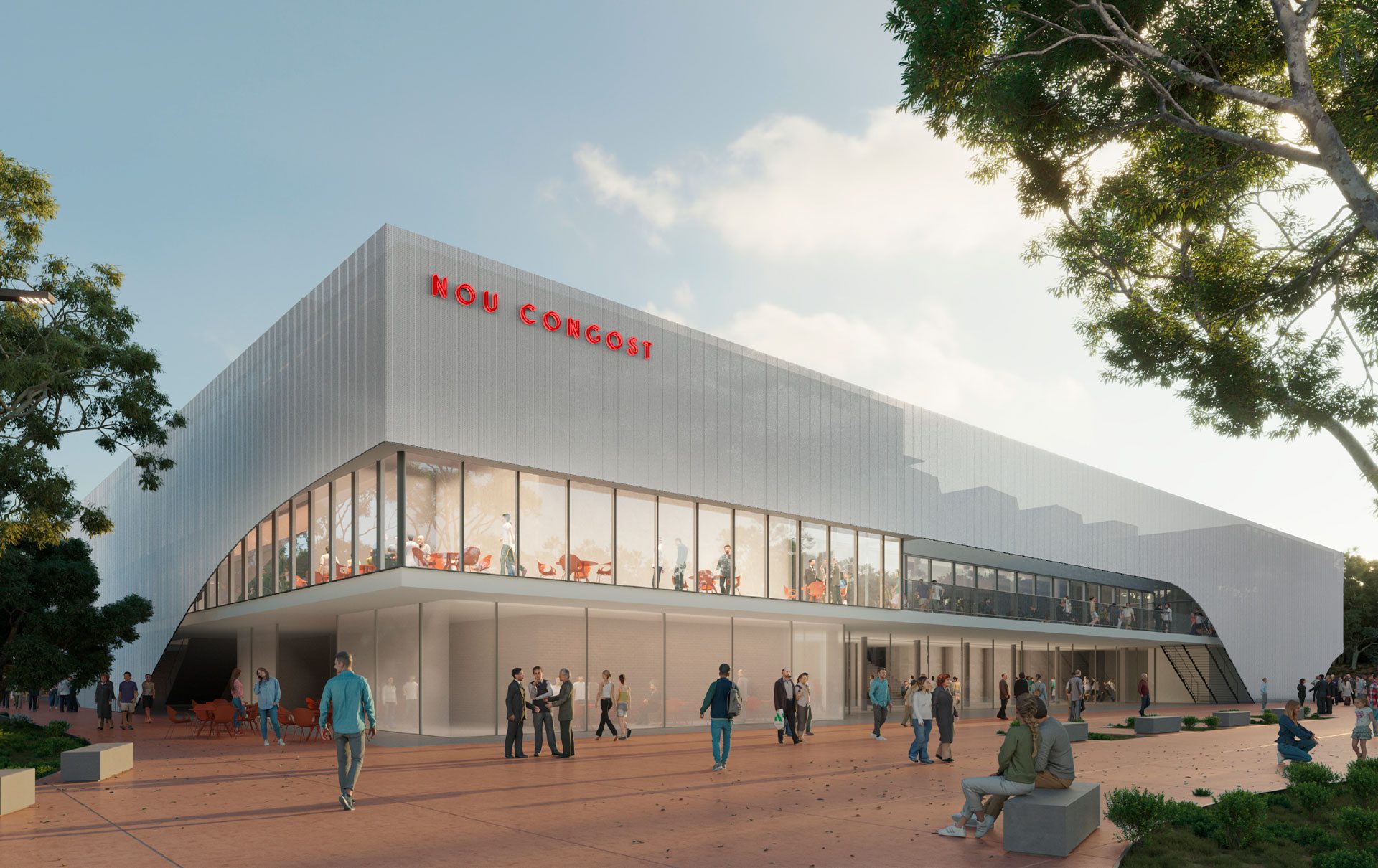Roig Arena
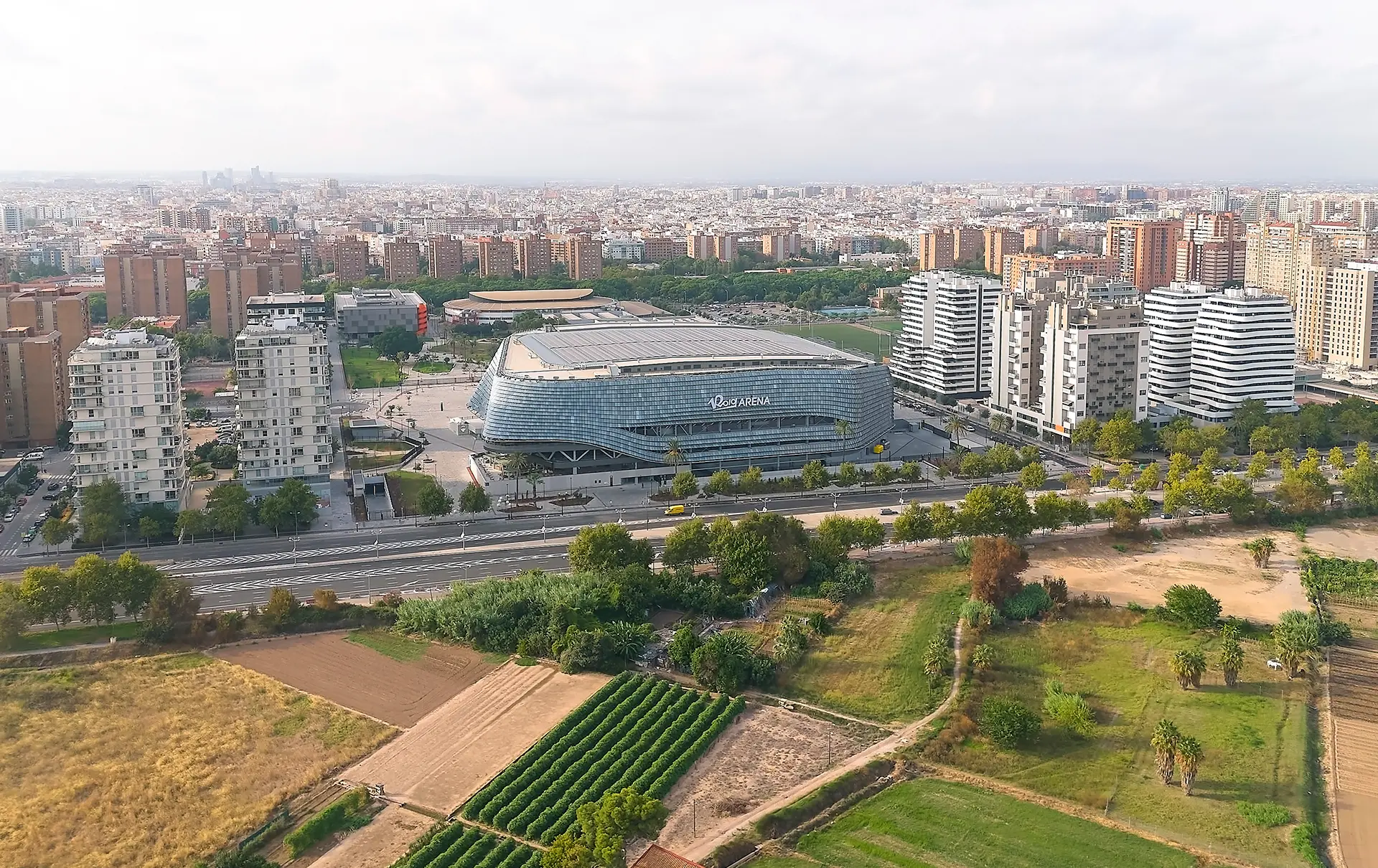
A multi-purpose arena to transform the city of Valencia.
Client
Licampa 1617, the asset management company owned by Juan Roig, has promoted the Roig Arena project, a multipurpose arena that has become the home of Valencia Basket with the aim of promoting and boosting sports, culture and corporate events.
Challenge
This arena has the unique and exciting opportunity to fill a gap in the regional entertainment market, providing a large covered space and a wide range of commercial offerings for all audiences.
ROIG ARENA STRATEGY
As a multi-purpose arena, it is no longer an independent building that functions as an isolated element of the city, depending on a limited number of leisure events.
The project aims to progressively become the anchor of a new complex of buildings, a cultural hub that attracts communities and acts as a catalyst for the creation of a new destination. The goal is to create a world-class destination that will become a sports and entertainment focal point, both locally and nationally, and will also become the home of Valencia Basket.
This project aspires to offer a benchmark for quality basketball experience in the world, using an architectural design that contemplates this ambition with a realistic and appropriate vision for Valencia’s architectural portfolio.
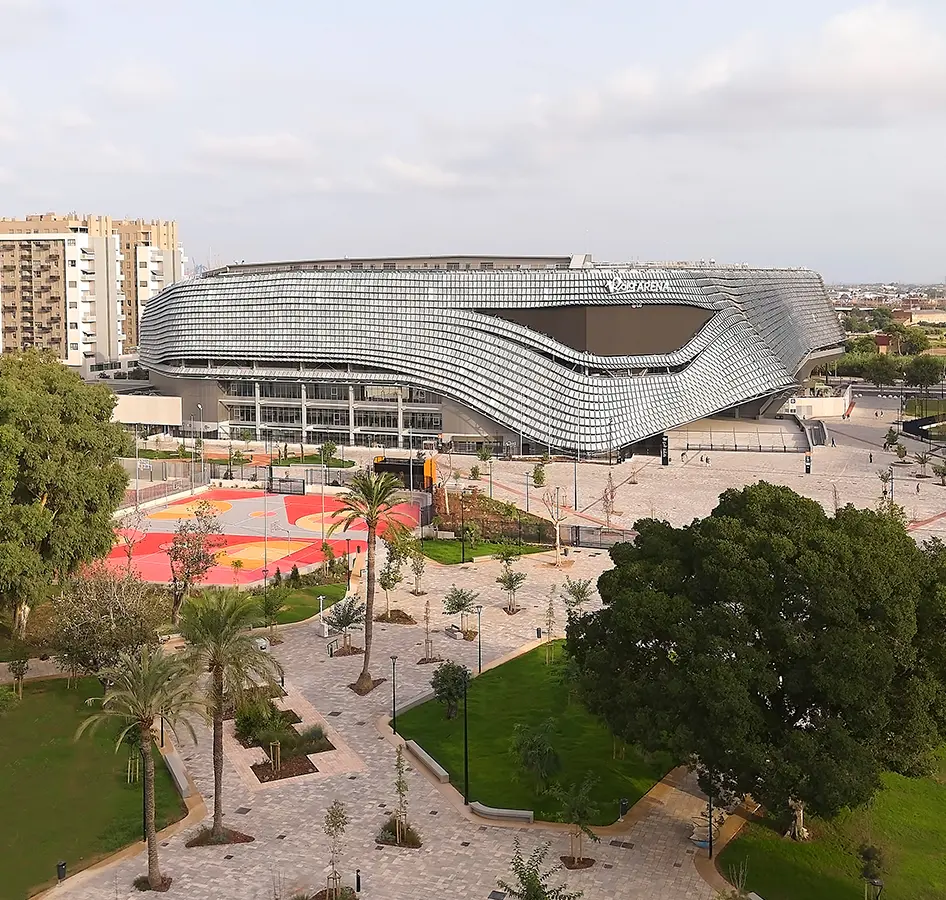
SOLUTION
This project energizes the entertainment market by providing a large covered space with a maximum capacity of up to 15,600 spectators in basketball mode and 20,000 in concert mode.
Functionality is essential for the success of the arena. The design incorporates infrastructure that allows this to happen, such as exceptional acoustics in all active modes, unobstructed views for all spectators, and sufficient entry and sales points, among others.
Likewise, it considers a wide range of smart solutions for preserving the environment and addressing factors related to human health and well-being. The sustainability strategy focuses on reducing energy and water demand through passive strategies and optimal well-being and comfort, while also addressing active system efficiency, waste minimization, and the use of sustainable and local materials.
